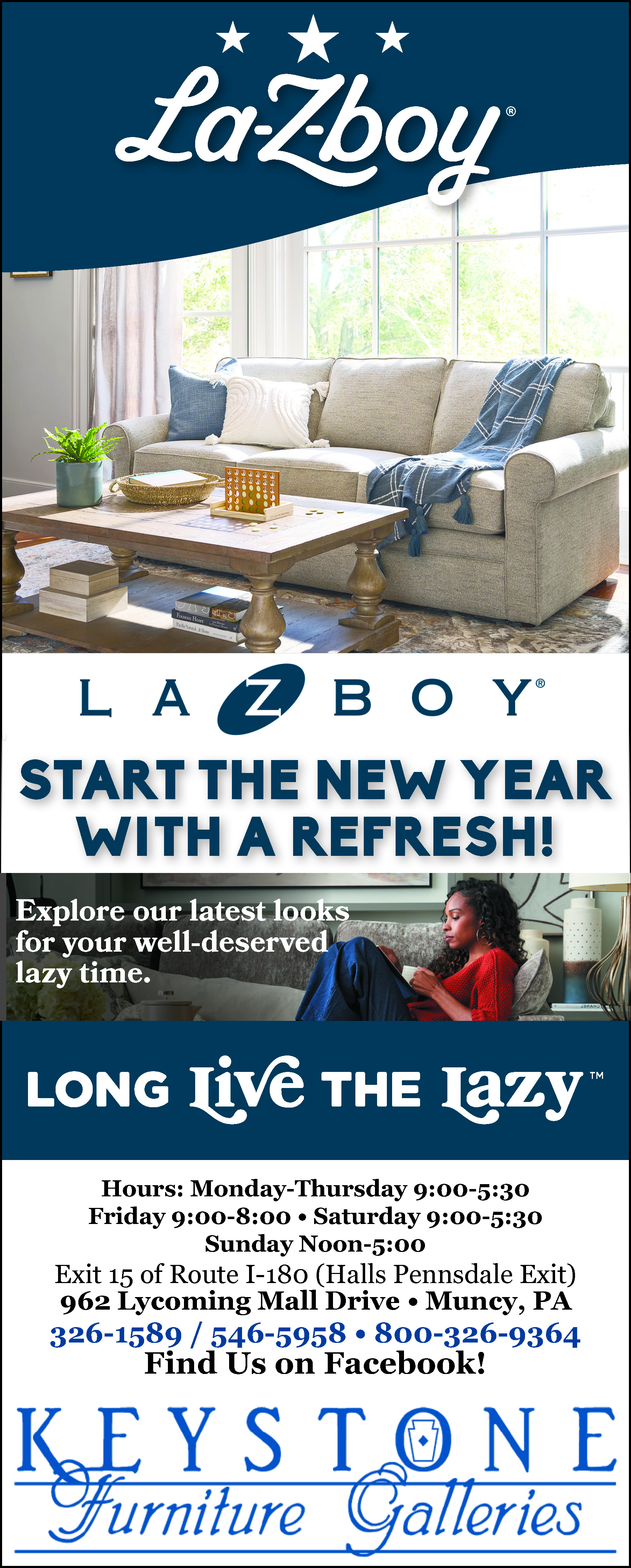It all started with the JCPenney “big book” that would come in the fall. Next came Speigel, then Newport News, then Victoria’s Secret. The arrival of a catalog always gave me a thrill. When I was little, I used to stare at the pictures, taking in all the details of the models, clothes, and accessories, coming up with a story of why she was sitting on a rock in the middle of a desert, or standing in a courtyard with her leg up on a fountain, or laying around in her underpants in the middle of the day. What can I say? We didn’t have cable, and I was an inside kid. Pretend stories aside, I still love a good catalog, and even today, with more shopping done online and way less through mail order, a catalog still has a place in the retail landscape.
Back in the ‘90s my number one catalog of choice was J.Crew. Granted, for those who knew me when, you wouldn’t equate my teenage style with the preppy J.Crew aesthetic, but that was part of the allure of those catalogs. They were aspirational, and with the J.Crew “Source Guide” as the company savvily came to call them, you could imagine yourself in the pages, on the beach, or by the campfire, everyone acting like they were having fun and looking great while doing it. You could pour over it like a magazine, but unlike high-end fashion magazines, there were things that were somewhat attainable. Granted, I never ordered a rugby shirt or bucket hat, but there was always the possibility. And like fashion magazines, catalogs gave me ideas on how to mix and match the clothes I already owned and how to try out different styles.
Catalogs as style guides still ring true for me today, for clothes and beyond. Companies like The Vermont Country Store and the Victorian Trading Company sell a wide range of products and send out interesting catalogs to leisurely browse. Like J.Crew, they offer a window into a lifestyle, granted it’s a romantic lifestyle of New England and of days gone past, but one that’s fun to visit in the pages of tea party attire and barn jackets.
I’m also a big fan of LTD Commodities, which offer home goods, clothes, toys, and outside décor. Truth be told, a lot of their products can be cheesy and ridiculously unnecessary — looking at you shower foot scrubber. Still, they do have useful items like reusable nonstick oven liners and inexpensive educational puzzles.
Whether or not I place an order from these catalogs, they are entertaining to look through and give me ideas on décor, crafts, and gifts. I circle items and then fold over the page. Not just dog-ear the corner but crease the page twice over so the corner sticks up, marking the place and product that caught my eye. Anything that could be a potential purchase, I mark, then I show my picks to my husband, who sincerely considers whether or not we need another “thing” in our home. Or if cotton-knit sleeping gloves are a good gift for his mother. Or yes, Antique Aviary wall art would look nice, but maybe we try to find it at a thrift store first.
Lastly, for the truly aspirational, you have Pottery Barn. I find this tome chock-full of ideas for my home and furnishings. I would never spend thousands of dollars on a dresser, but I can foresee myself getting something similar from Ikea and changing out the hardware or sprucing up an old nightstand with a new finish. I also like to see how they arrange pieces in their pictures and get some hacks on organizing.
Unlike online shopping, which is more focused, flipping through the pages of a catalog is more about browsing and even relaxing with a cup of tea while the kids watch cartoons. Sure, reading catalogs is a kind of hokey pastime, but it has its own charms. I have discovered new products, and while I mostly don’t make purchases, when I do decide to order something, I head straight to the website. So, while catalogs may seem antiquated, they do serve a purpose in grabbing a customer’s attention and interest.




Leave a Comment
Your email address will not be published. Required fields are marked with *